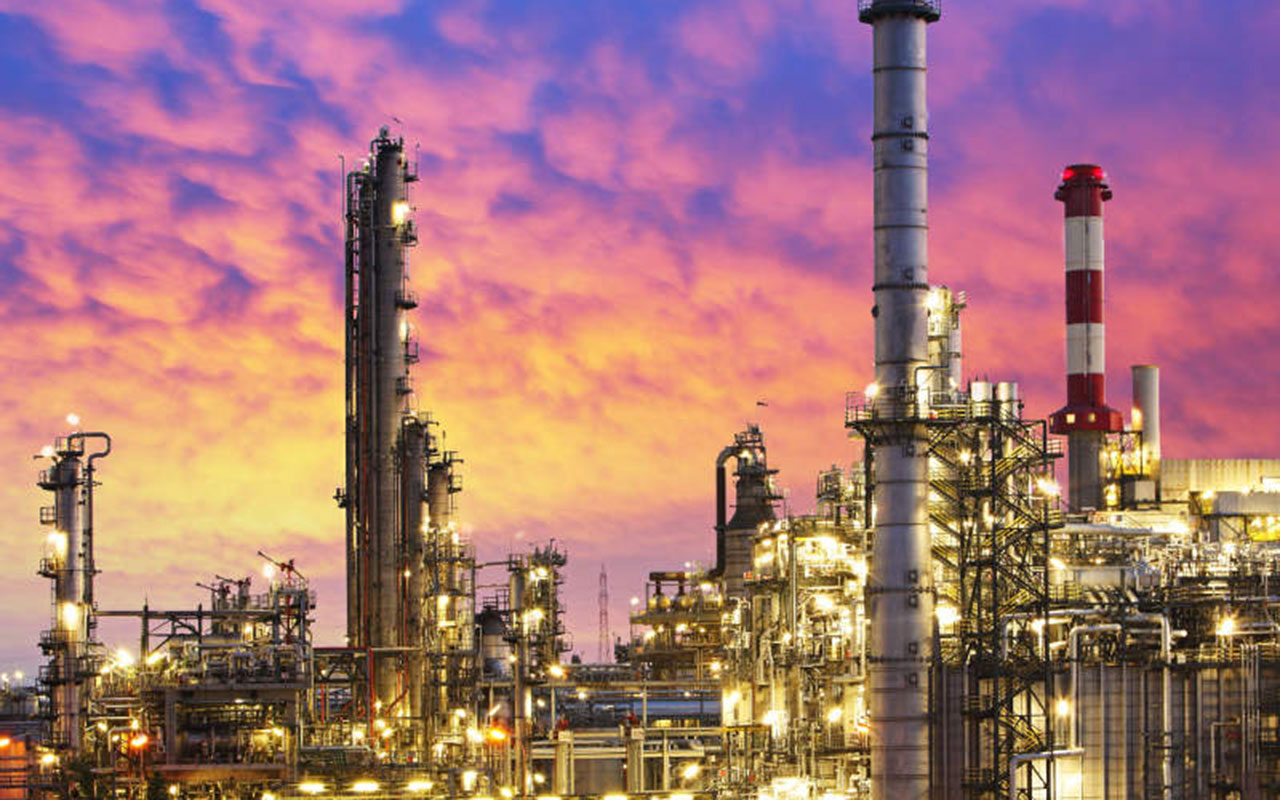 The International Energy Agency (IEA) has projected that fossil fuels will account for 75 per cent of the global energy supply by 2030, an increase from 73 per cent estimated in 2023.
The International Energy Agency (IEA) has projected that fossil fuels will account for 75 per cent of the global energy supply by 2030, an increase from 73 per cent estimated in 2023.
The projection underscores the continued dominance of coal, oil and natural gas in the global energy mix, despite efforts to accelerate the transition to renewable energy sources.
The projection was made known in the agency’s World Energy Outlook (WEO) 2024 released on Wednesday.
The report indicated that, as first presented in the WEO 2023, demand for each fossil fuel will peak by 2030.
However, in its 2024 WEO, it stated that after decades of the fossil fuel share of the total energy supply hovering around 80 per cent, it will decline to 75 per cent by 2030 and below 60 per cent by 2050.
Nigeria will need to strengthen its refining capacity and improve its energy infrastructure to meet domestic demand, particularly as energy costs rise globally, if global demand for fossil fuels remains high.
Also, the IEA projection may influence the flow of investments in Nigeria’s energy sector as investors are expected to fund fossil fuel projects, especially oil and gas, as the world still relies on these resources.
There is also increasing momentum for financing renewable energy projects, particularly solar, wind and hydropower, to diversify Nigeria’s energy mix.
The challenge, however, will be balancing the investment streams while ensuring the energy sector remains resilient and sustainable.
With its substantial gas reserves, the government has been focusing on developing its gas sector through initiatives such as the ‘Decade of Gas’ policy, thus leveraging gas as a transition fuel that could help Nigeria reduce its reliance on oil, boost domestic electricity generation and export liquefied natural gas (LNG) to global markets.
“In advanced economies, overall energy demand declined on average by 0.5 per cent per year over the past decade. Oil demand peaked in this grouping in 2005, coal has been in structural decline since 2008 while natural gas, in aggregate, has ceased to grow.
“Increases in oil production in several non-OPEC producers, including the United States, Brazil, Argentina and Guyana, push the Organization of the Petroleum Exporting Countries (OPEC) share of the market down to around 33 per cent in 2030, a level not seen since the late 1980s.
“If all LNG projects under construction are developed, the global average utilisation rates of LNG plants would fall from around 95 per cent of capacity today to 75 per cent by 2035 in the APS and to less than 45 per cent in the NZE scenario, much lower than the 90 per cent utilisation rate in the STEPS,” the report stated.






